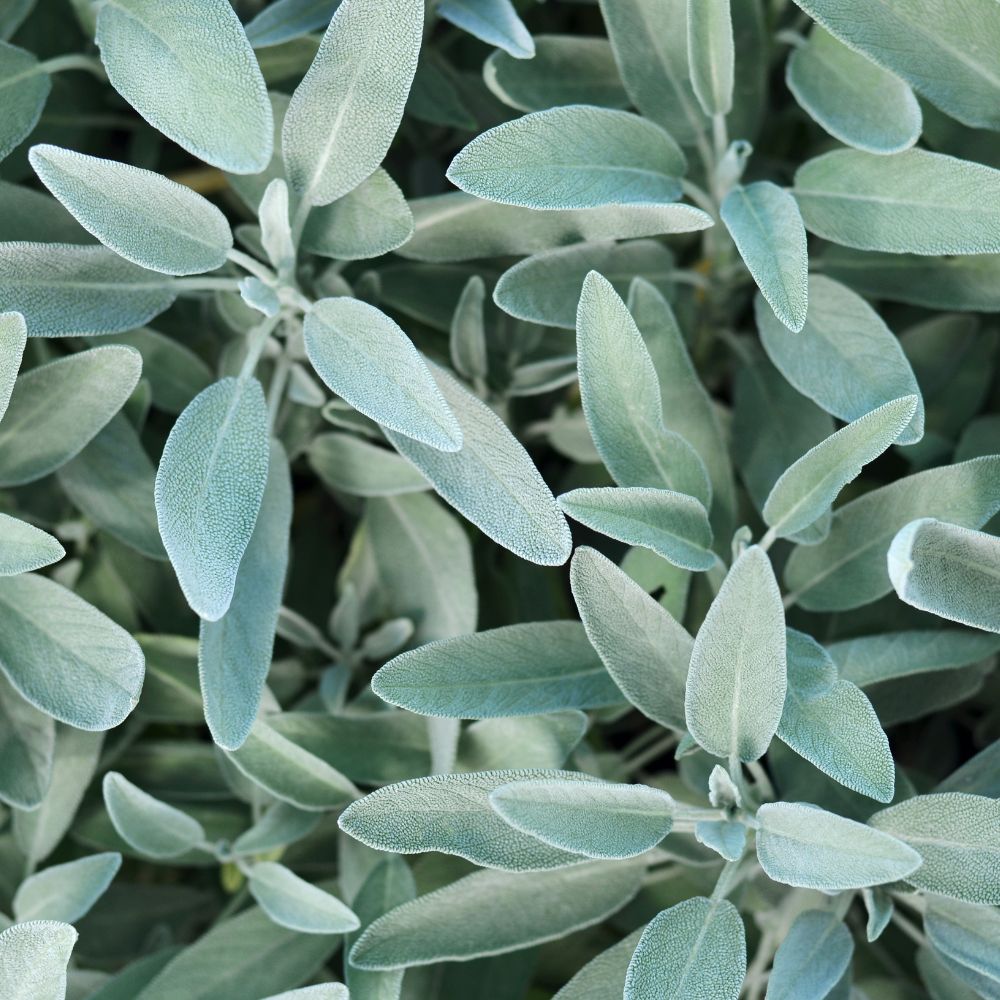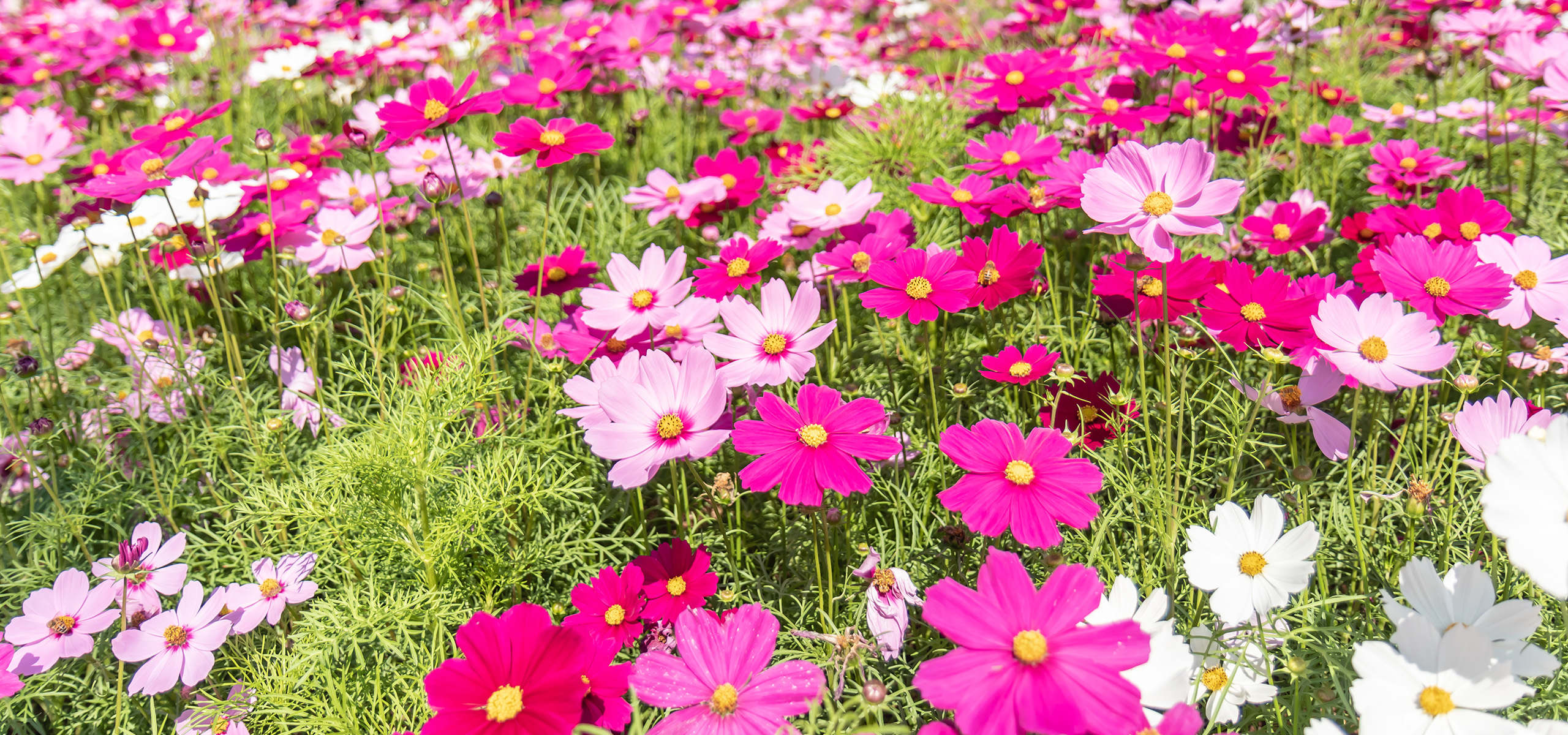Boost your garden's buzz: Our guide to top plants to attract bees
When it comes to creating a vibrant and thriving garden, attracting bees is essential. Not only do bees play a crucial role in pollination, but they also add a delightful buzz of activity to your outdoor space. By choosing the right plants, you can create a bee-friendly environment that will benefit both your garden and the local bee population. With World Bee Day taking place next month (20th May), we have put together a guide to plants that will make your garden a bee haven!
Lavender
Lavender is not only a beautiful and fragrant addition to any garden, but it's also a favourite of bees. The purple spikes of lavender flowers provide bees with a rich source of nectar, making it a must-have plant for attracting these pollinators. The strong fragrance and vibrant purple shade of the flowers attract pollinators from a distance and its long blooming period means bees will be regular visitors to your garden.
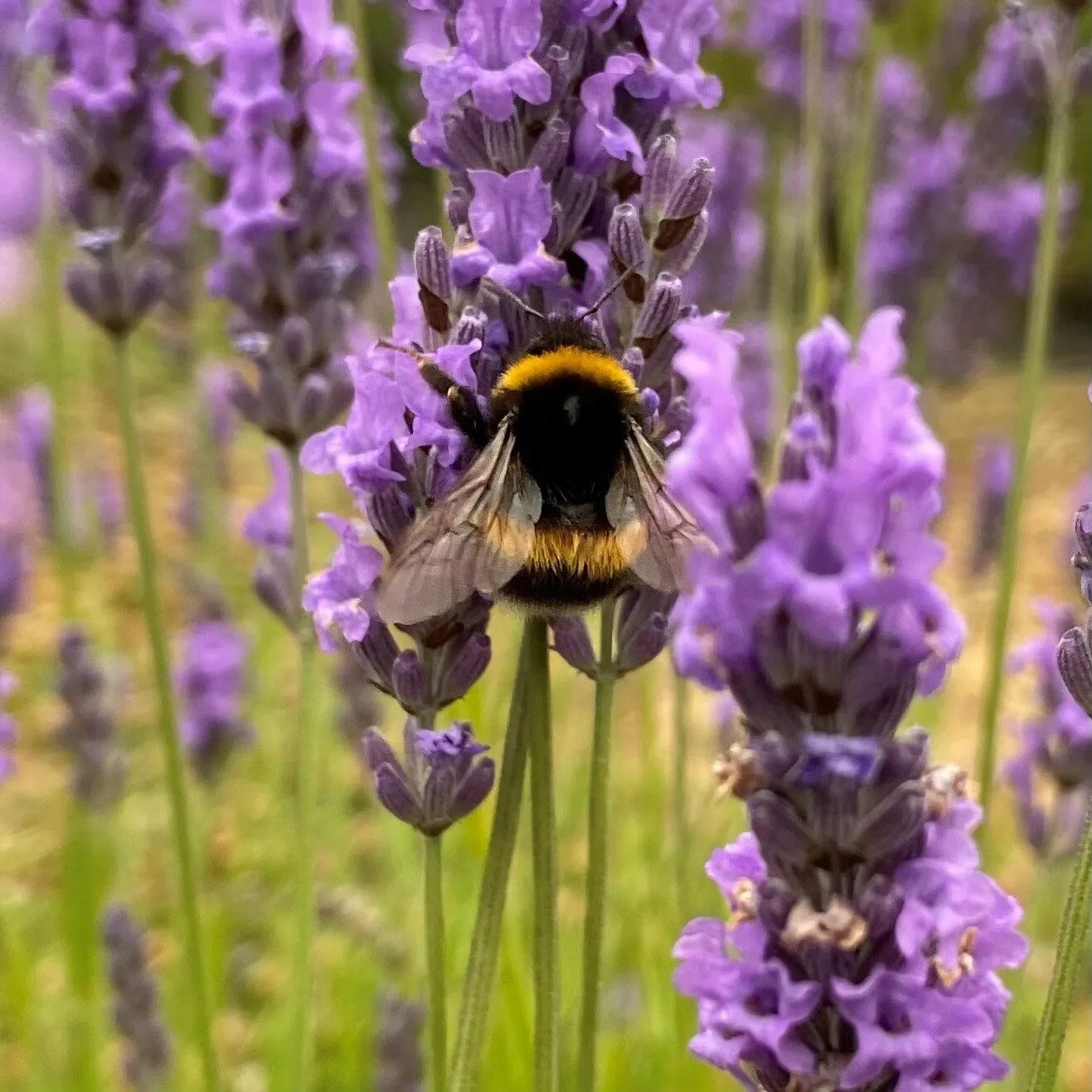
Sunflowers
Sunflowers are not just a cheerful addition to your garden; they are also a magnet for bees. The large, vibrant blooms of sunflowers allow bees to see the plant from afar, making them a top choice for nectar. The large, open flower heads of sunflowers make it easy for bees to access their food source.
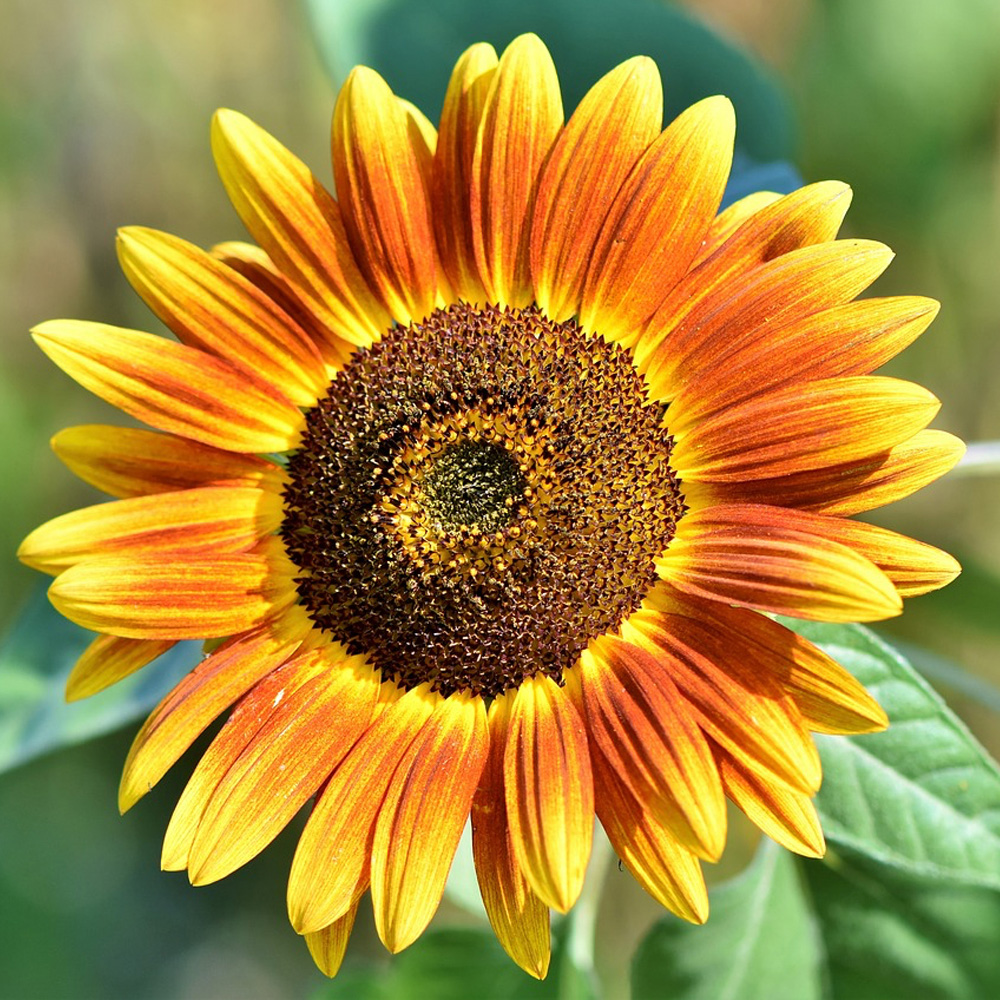
Wildflowers
Planting wildflowers can help create a rich and diverse environment that sustains bee populations and enhances overall ecosystem health. Wildflowers are so easy to sow and will grow anywhere with a long flowering period and offer crucial support to bees and other vulnerable pollinators facing threats from habitat destruction and pesticide use. Look for seed mixes in your local British Garden Centres store which will not only attract bees but also provide a haven for birds and insects.
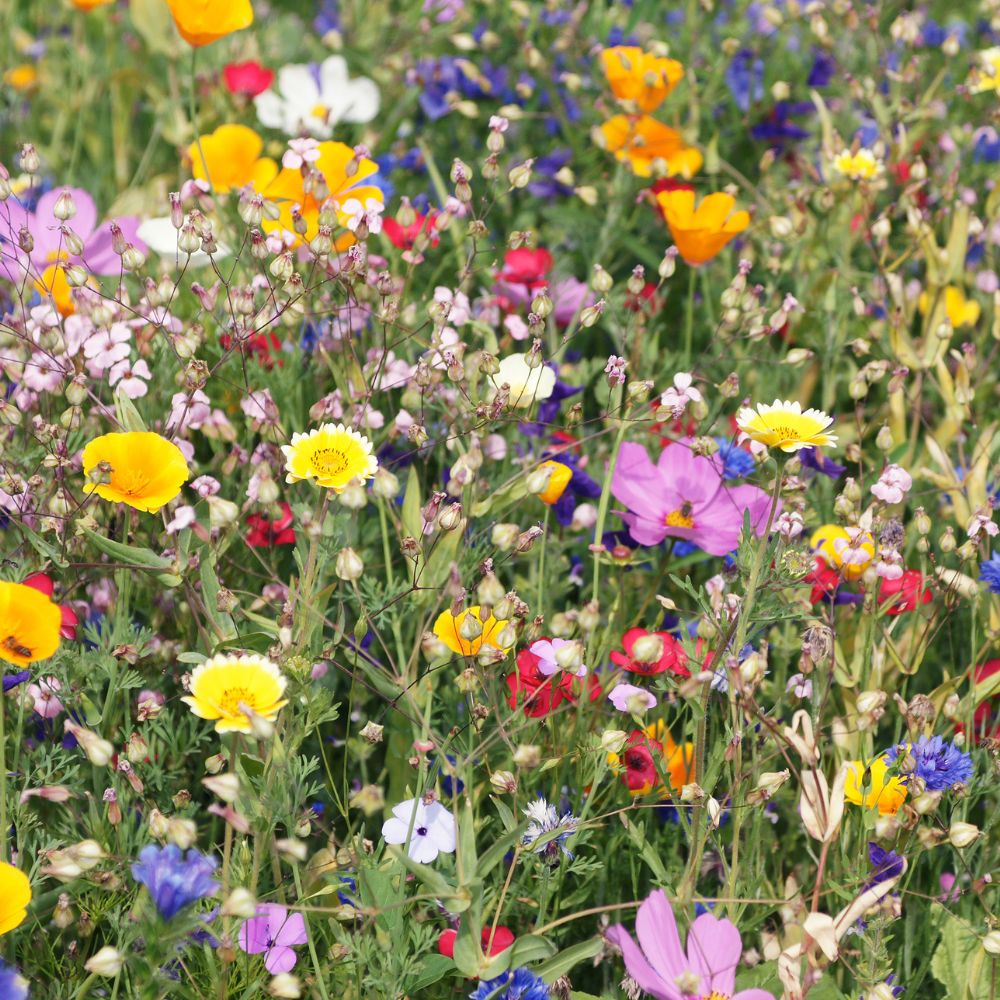
Cosmos
Cosmos flowers are not only easy to grow, but they are also incredibly attractive to bees. Their daisy-like blooms come in a variety of colours, providing a feast of nectar for bees throughout the growing season. Cosmos flowers have an open, accessible centre that makes it easy for bees to land on them and reach the nectar and pollen inside, they look great in pots or borders and are easy to plant and grow for summer colour.
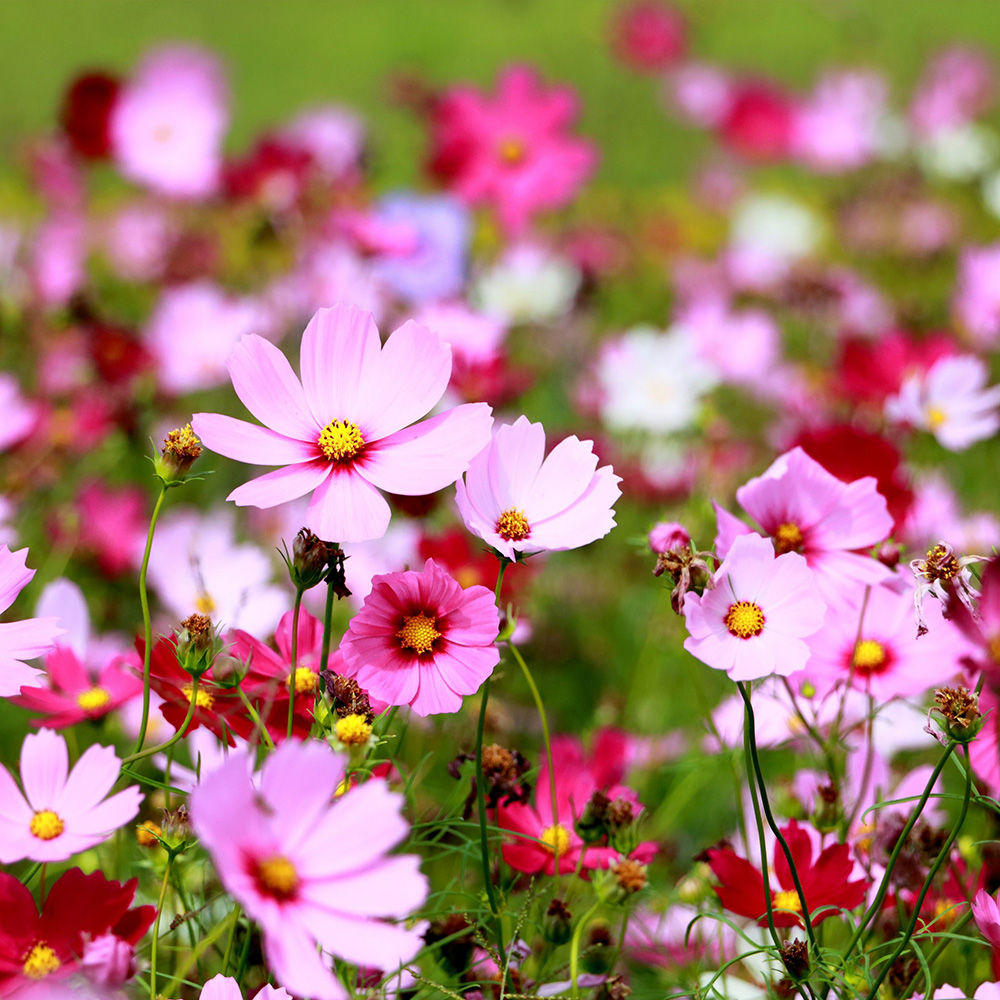
Rosemary
Rosemary is not just a versatile herb for cooking; it's also a fantastic plant for attracting bees. The small blue flowers of the rosemary plant are a rich source of nectar for bees and bloom in early spring and can bloom multiple times throughout the year, offering a consistent supply of food. Rosemary's aromatic flowers attract bees, and the plant is easy to grow and low maintenance making it a valuable addition to your garden and kitchen!

Echinacea
Coneflowers, also known as Echinacea, are a favourite of bees and butterflies alike. Their spiky, colourful petals provide a landing pad for bees to collect pollen and nectar, making them a top choice for a bee-friendly garden. Echinacea has a long blooming period, often from mid-summer to autumn, providing an extended food source for pollinators. It is also hardy and adaptable, thriving in a variety of soil types and conditions, making it ideal for UK gardens.
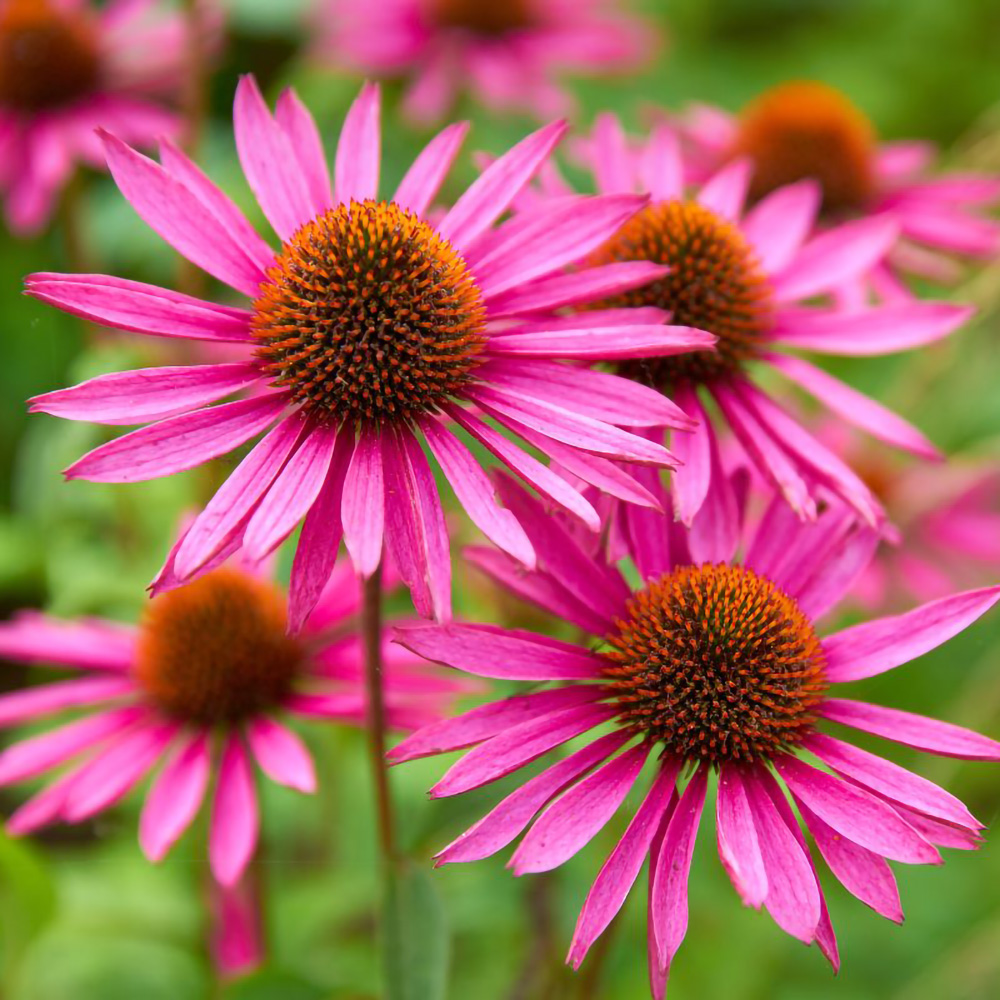
Rudbeckia
Rudbeckia or Black-eyed Susans are a classic garden flower that bees adore with their vibrant yellow petals, a dose of sunshine of all. The blooms are a beacon for bees, providing a vital food source for these essential pollinators, flowering from August to October. It also also makes a great cutting flower for vases or bouquets.
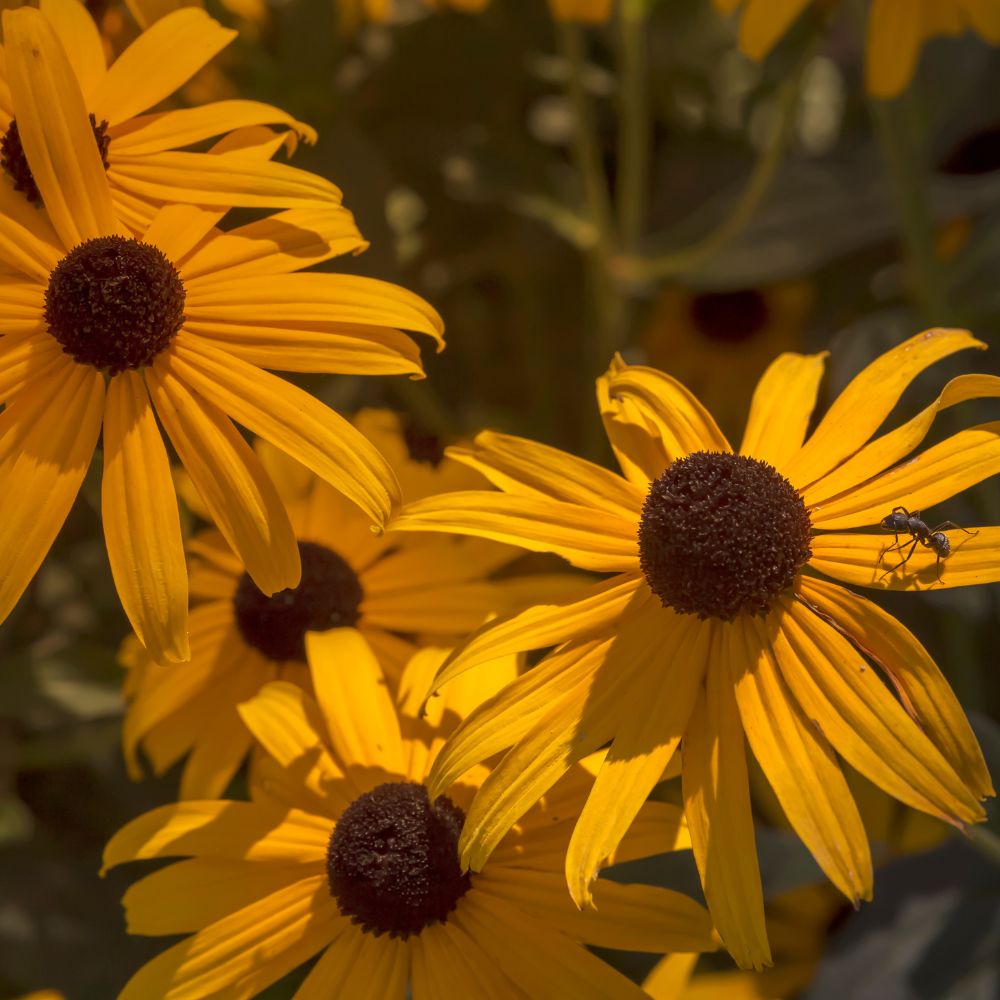
Limnanthes
Often called the Poached egg plant, limnanthes has Nectar-rich flowers that are attractive to bees and pollinators in late spring and summer. It is one of the earliest food sources for bees and other pollinators emerging from winter. Limnanthes is also a firm favourite with hoverflies which eat aphids, making it an ideal companion plant for your roses.
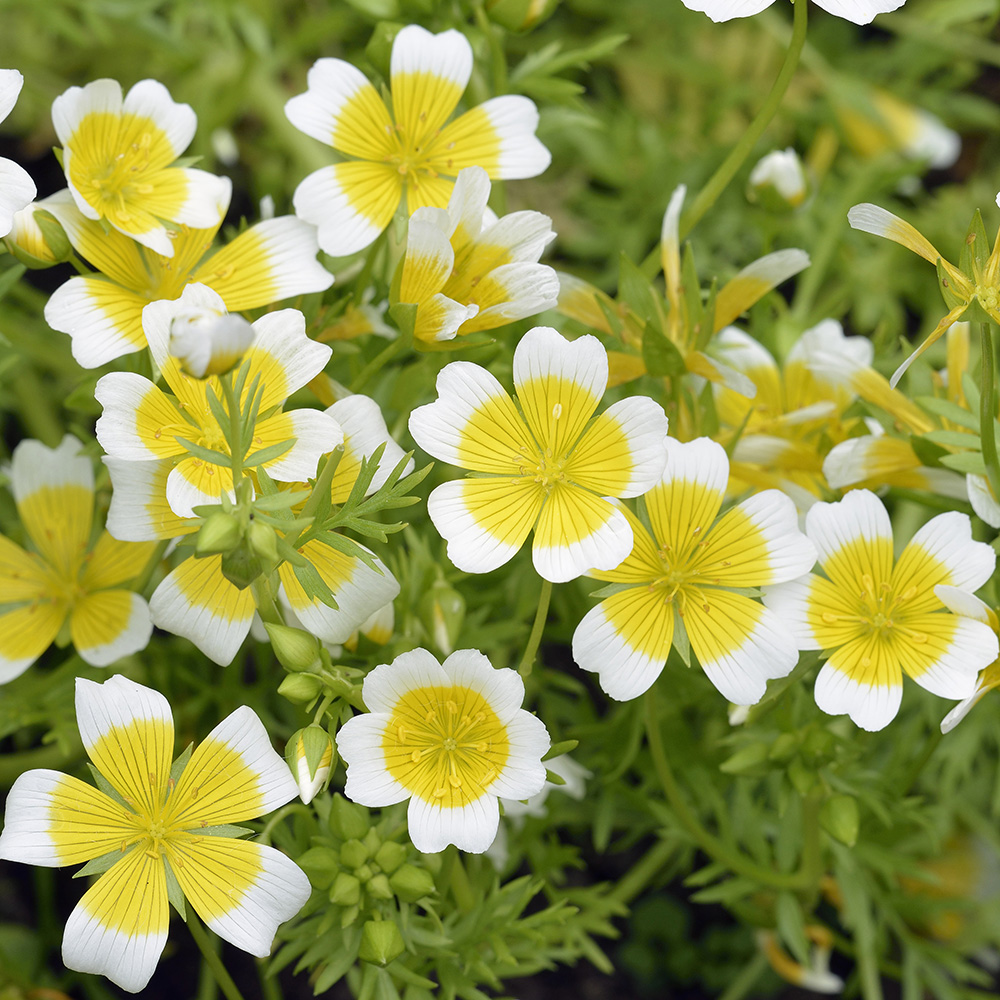
Marigolds
Marigolds are not only colourful and easy to grow, but they also attract bees with their bright blooms. Planting marigolds in your garden will not only add a pop of colour but will also provide a valuable food source for bees. Marigolds are often used as companion plants in vegetable gardens because they help deter pests and are tolerant of heat and drought, making them a versatile choice for many gardens.
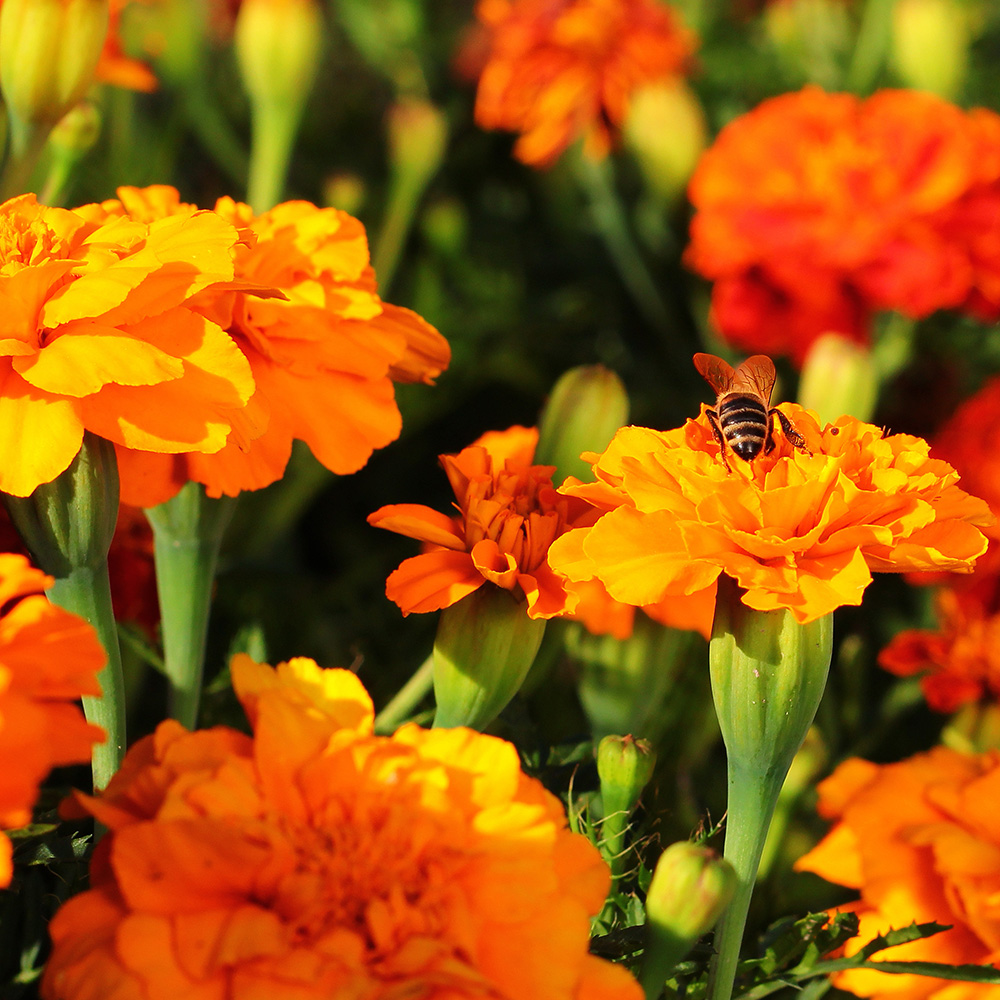
Sage
Sage is not just a fragrant herb for cooking; it's also a top choice for attracting bees. The tall spires of sage flowers are a favourite of bees, making it a valuable addition to any bee-friendly garden. Sun-loving plants that are easy to grow, beautiful, have a long bloom time and are generally tolerant of dry conditions. Sage is also also great for cooking with and the leaves can be picked all year round.
